Our time has come!
The time needed to change the form of a work, a time that leads to a transformation of the work, a time of development, without there being a final stage or a cessation of possibilities. There is no hierarchy of values, what is more or less important, rather the only value is always correlation.
Father “Time”, always portrayed as a naked youth, with wings on his back and on his heels: the old notions of time characterize either the symbols of high speed and uncertain balance or the symbols of universal force and boundless fertility, but never the symbols of demise and destruction. Interestingly, it was the art of the Renaissance that gave birth to the image of time as a destroyer and old man. Only by destroying the false values can time fulfill its task of discovering truth. Only as a principle of change can it discover its true universal force. In Petrarch’s “I Trionfi” chastity triumphs over love, death over chastity, glory over death, time over glory, until finally eternity triumphs over all. The poet did not describe the appearance of time, except to note that time is concrete, formidable force. A recurrent motif in various interpretations is the serpent or dragon biting its own tail. For Architecture is rooted in Zeitgeist, and the architect eats his own children – since in a very personal moment the architect will claim that own projects are like own children.
Radical reshaping of communication conditions is currently at the top of the agenda of civilization’s progress. The new electronic media have joined forces in a world-wide combine with the aim of giving tomorrow’s society a suitable design. Foucault’s description runs thus: For the real scandal of Galileo’s work lay not so much in his discovery, or rediscovery, that the earth revolved around the sun, but in his constitution of an infinite, and infinitely open space. A thing’s place was no longer anything but a point in its movement, just as the stability of a thing was only its movement indefinitely slowed down.
The honeymoon period for technology novices just having a look around will soon be over. Networks are places of decision-making, places in which future orders of power are manifested and structured anew. New spaces emerge and, If accessible, are public or they are deprived of their privacy (an inversion of characteristics). Often they have no spatial counterpart in the real world but they are organized and inhabited in a similar manner (indeed in some cases even the corresponding visualization are missing).
What can media theory do for architecture? In any case it is not a computer course in which we learn to design even more of these structures that look like “coked-up giant snails”. It helps us clarify the concept of “open architecture”. It will work according to the “open source” principle. As with software, this does not mean it is free to download but rather that it is an open code available for further development. We should not derive any formal conception from this but rather clearly structured and documented algorithms of the development processes that describe and present various interfaces.
Architecture must be seen as an open work. However, we must define the notion of open architecture in greater detail as it is tainted with participation utopias of the 1970s. Therefore, this new discourse does not follow on from these ideals but rather adds precision to today’s technological possibilities and experience. This means that the “code” of architecture must be open and free in the sense of planning strategies and methods.
These are not catch phrases. Even today they are working concepts – unfortunately from other disciplines. Architecture must become a part of the global community once again instead of morphing into a run-of-the-mill service as an esoteric pseudo-science. What we need is a radical undertaking that aims at vitality rather than security. In this way open architectural vision will become a reality of the new capitals and not merely a one-off investment that is paid for and immediately forgotten.
It is also a search for a new aesthetic, combining our culture and our lifestyle. The technology we use is the common denominator of all areas. The software and hardware we use are the same used by the film industry, designers, net artist, hackers etc., a common interface to unite architecture and urbanism with other spheres, instead of leaving them in isolation. Although the point of departure is the same, there is diversity because we can and will always read and interpret our environments differently, be they virtual or real. In future we will not have to learn data but rather how to save, retrieve and vary data; not the repertoire but the structure of systems will be key. This processing of data, curbed in the past by the necessity to acquire the data, is called “creativity” and we can thus expect to see a veritable explosion of human creativity.
Often you can tell that certain computer works are “only” a collage or montage of fragments of thoughts shifted to and fro for a specific purpose. They lack continuity, even if the principle of the new technologies lies precisely in the fact that every implementation is the result of an exact computation, except that this may be avoided by using a given program. It is a matter of producing unmistakable pictures that reality often need not even keep up with. In the face of incessant stimulus satiation only spectacular events can emerge figuratively from the uniform base. Subtle distinctions do not stand a chance in this competition, apparently our media sensorium has ceased to respond. Dynamic processes are of particular interest here. By introducing the parameter of time, we divest architecture of the phenomenon of stasis and we refer to simulations. However, time and motion as techniques in architecture are not simply visual phenomena. They can equally be seen as schematic, conceptional and organizational instruments.
Because we understand the net as space for communication and not for presentation, we think that designing visual language is an important step when space is visualized by means of controlled simulation. The concept of this draft is the detachment of form, i.e. the geometrical shape of the individual building’s sections, from the concept of occupancy, function and development. This is expressed in very clear and severe terms and it works as boundary condition for the genesis of form. What it proposes is not deterministically rigid solitons but rather a flexible, liquid system for forming buildings. The form of the geometries shown on the plan is the result of a generative process. The form depends on the time and the actors. Like the inhabitants of the city, planners decide on their preferences on the basis of a precise scheme of functions and traffic. On the surface, the possibilities result from the mass of information, organization, experience and inspiration. A set of abstract rules controls this inductive process that does not take a deterministic course.
Only the technology of computer simulation allows us to depict time in this concept. It is only with difficulty that the accustomed eye can comprehend the flexible aspect of the time of form in the architectural drawing. Only in a representation that includes the factor of time can we understand the smooth flow of processes.
Our time has come… and gone.

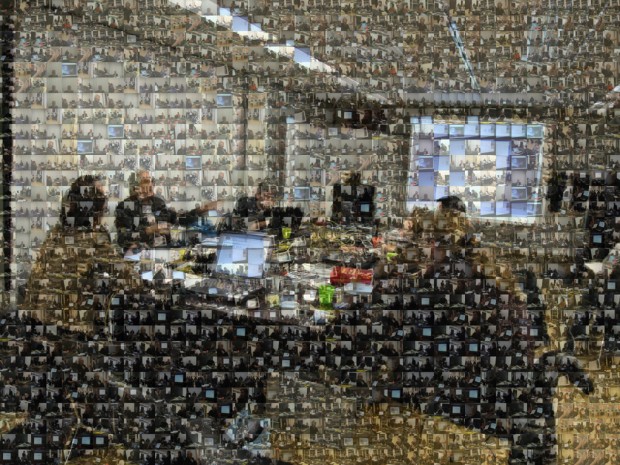
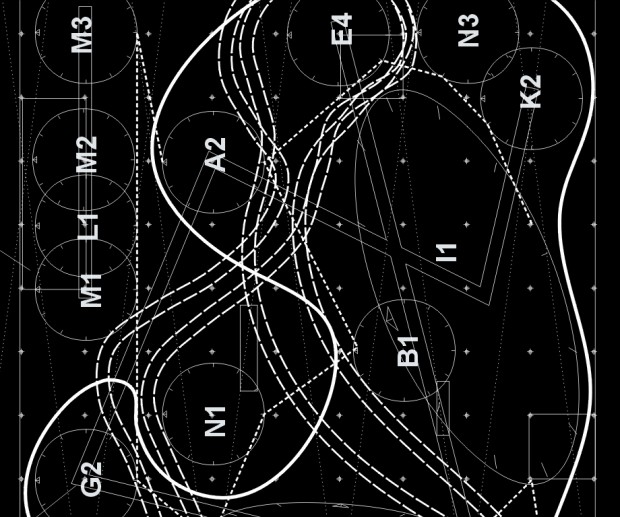
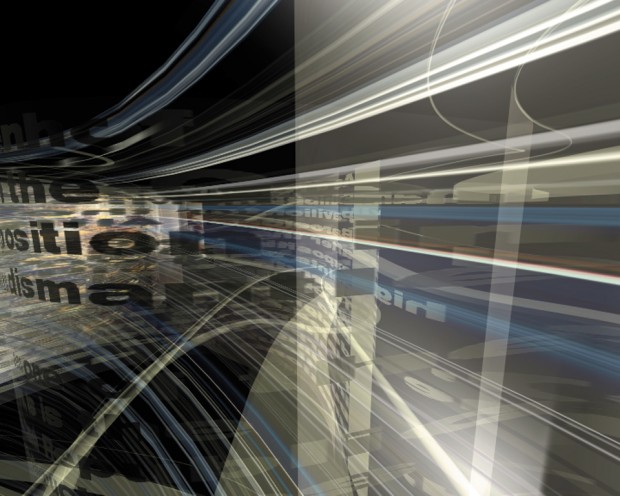
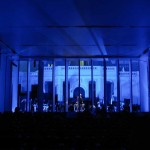
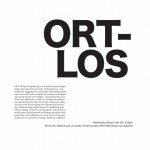

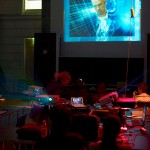
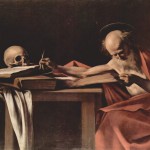






You must be logged in to post a comment.